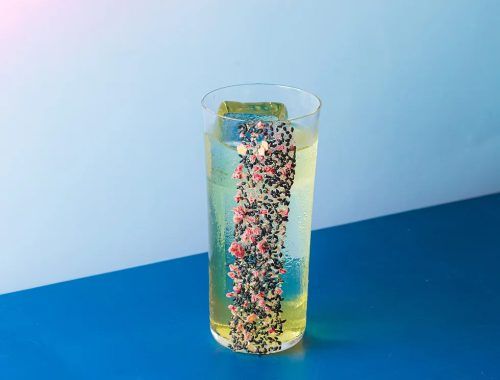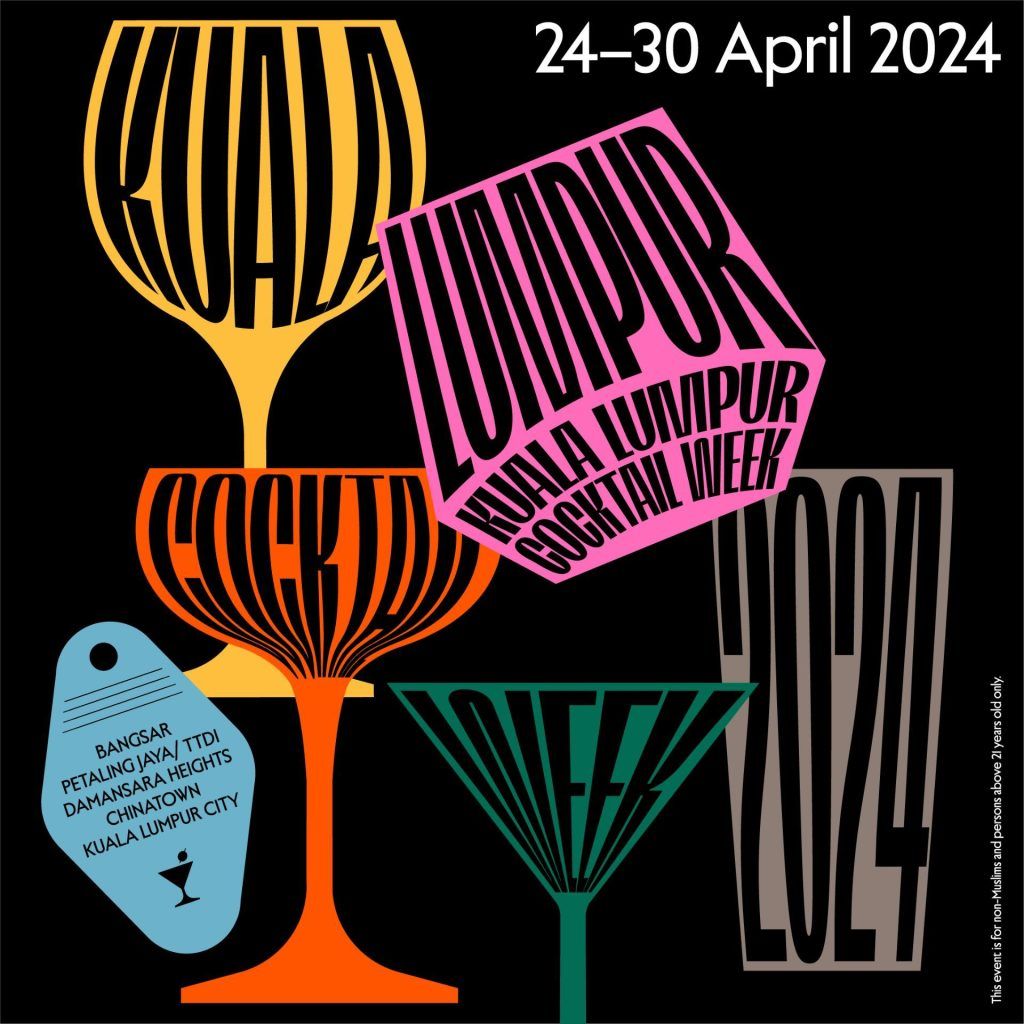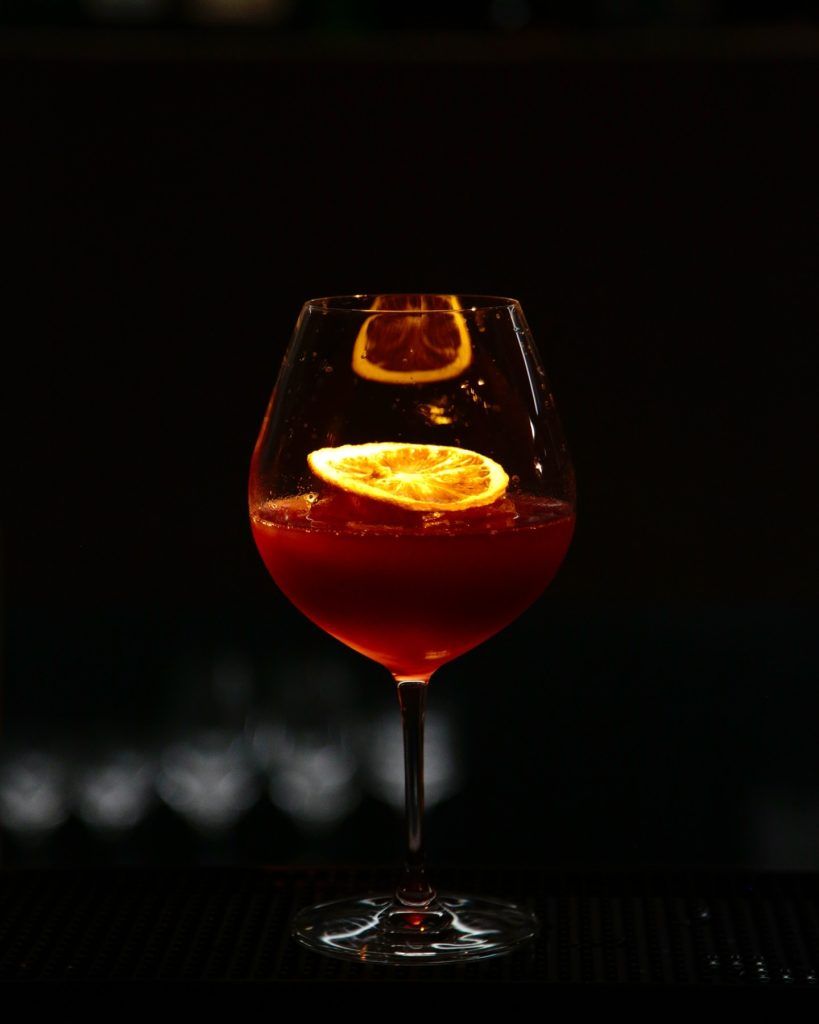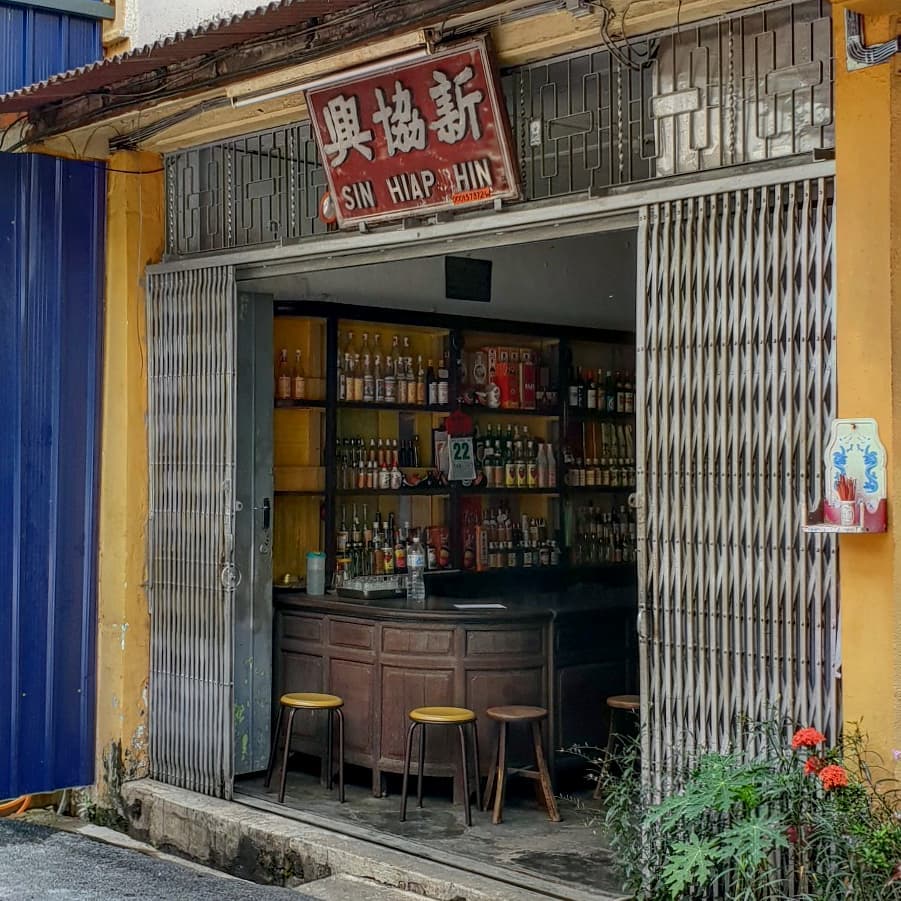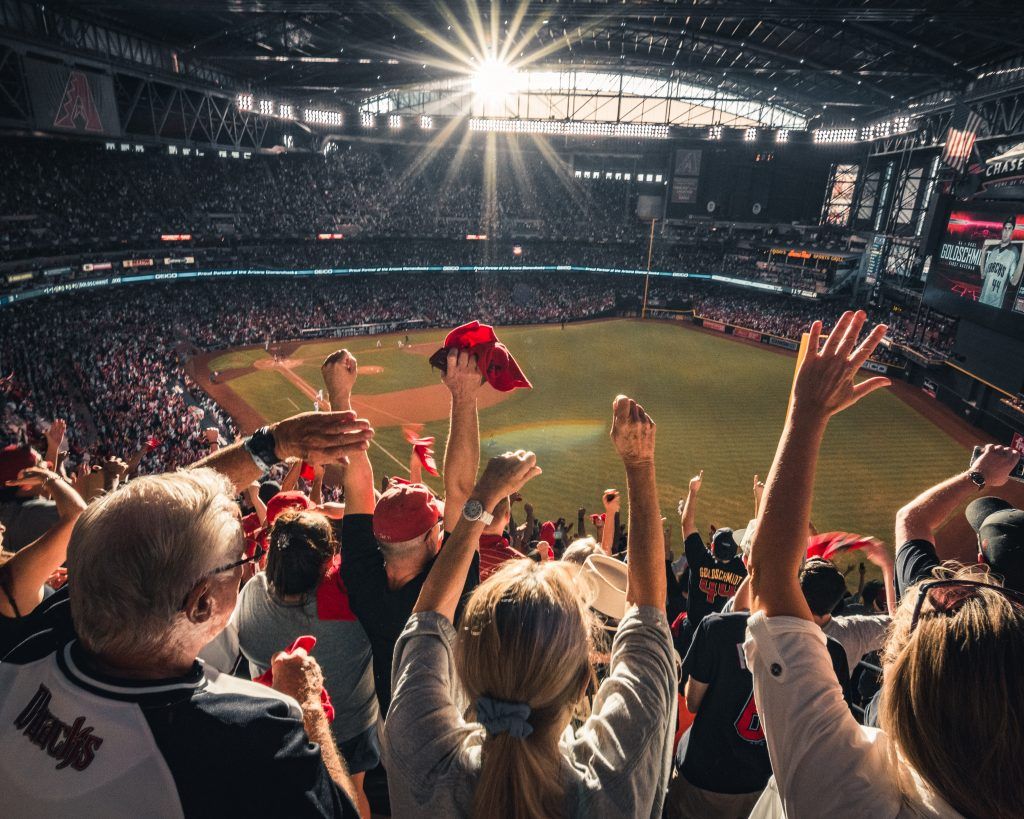Grab a shot glass and pull up a stool to the bar: your tequila masterclass is officially in session.
Last week, we visited the newly opened Mexican speakeasy lounge Los Atico for an exclusive tequila talk helmed by Tequila Master Rob Kariakan. In the company of Don Julio, Heradura, Patron, and friends, we uncovered the sipping secrets of the beloved spirit, alongside some insider tips on how to properly enjoy it. Comprised into seven lessons, read ahead for the key takeaway points, and next time you order a shot or seven, consider these next points as suitably impressive knowledge to really woo whoever you’re with.
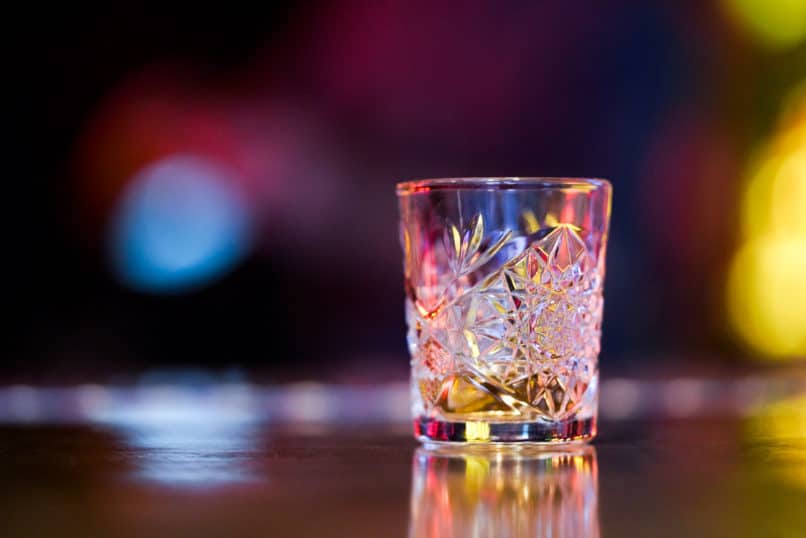
Lesson 1: Tequila comes from a feisty plant
Given the fiery wrath of a night (and morning after) of tequila shots, this should come as no surprise. Tequila is made from agave; a spikey ash-green plant as fierce as the spirit’s personality. Recognisable by its fleshy, vegetal sword-like appearance, agave is actually often planted outside home windows to ward off intruders, but also makes for the key ingredient in the beloved Mexican spirit. It takes years to mature, and can only be harvested once in its lifetime. For tequila specifically, the relative rarity is even higher, as tequila can only be made from one specified type of agave: Blue Agave.
Once finally mature, a ‘jimador’ will use a machete (so in line with tequila’s character) to hack off the sharp leaves of the plant, and reveal the heart or ‘piña’ at its centre. Roasted, crushed, fermented, and then distilled, this is how and where tequila is made. In short form: it comes from a plant. Essentially, it’s green juice. So, can Tequila be seen as healthy?
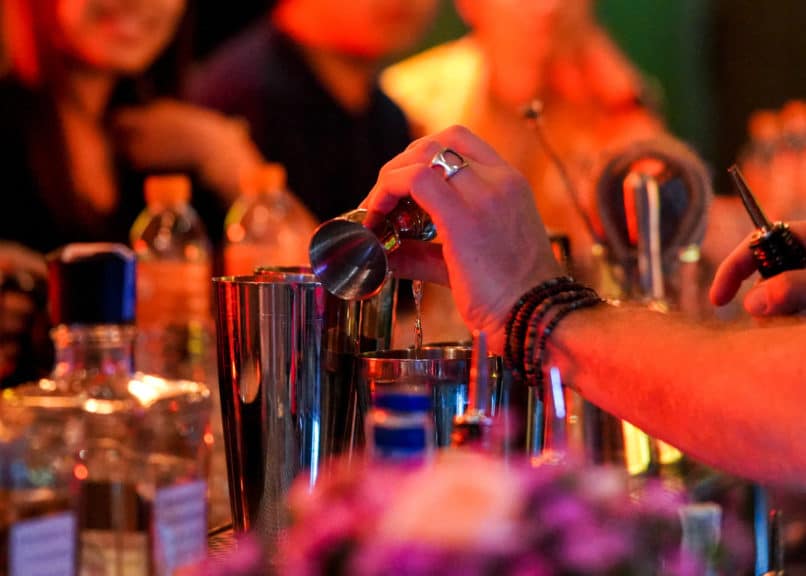
Lesson 2: It can only be made in a specific region in Mexico
Tequila can only be made in Mexico, and only in a specific region called Jalisco, and a few of the states around it. The town of Tequila itself (yup) is located in Jalisco, and since the rise of its popularity, governments across the globe have agreed on a specific set of rules pertaining to its manufacture. Like how Champagne can only be given its name if it comes from the Champagne region in France, tequila follows a similar rule. Agave may grow in other parts of the world too, yet no spirit made from it elsewhere will be allowed to legally carry the name ‘tequila’. It would just be a pretty close relative – and be called an ‘agave-distilled’ spirit – which in many ways just doesn’t have the same sexy ring to it.
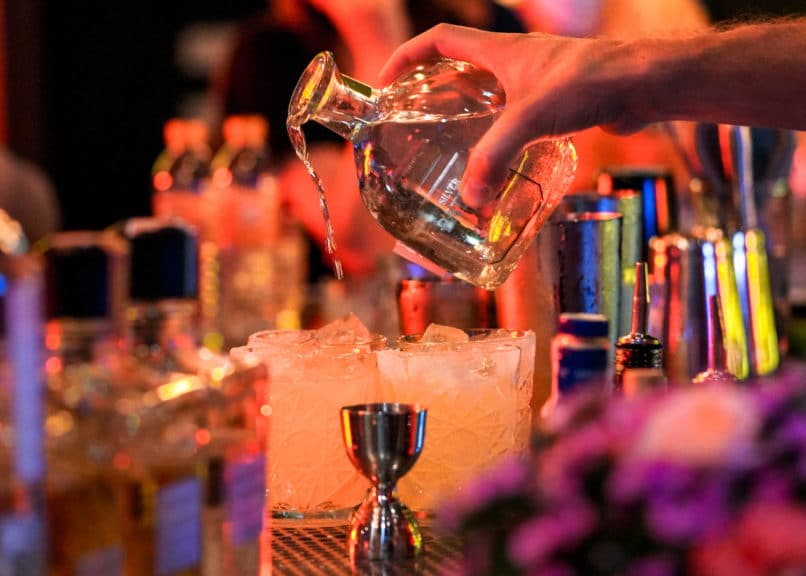
Lesson 3: Mixtos vs Puros
Beyond origins, there are also refined rules on the contents in tequila. Here, 51% is the magic number. Be you a spirit of only 50.9% Blue Agave, you can’t call yourself ‘tequila’. It’s an interesting number, as almost all tequila makers go down either one of two routes: using 51% agave, or full-on flat-out 100% agave. Why such a big disparity? A fine line between Mixtos and Puros.
A tequila that features 100% agave is considered Puro, or ‘pure’ tequila, and generally belongs to the higher end, more expensive range of tequilas. Anything that is not 100% tequila is considered a Mixto, or ‘mixed’ tequila. It doesn’t matter then, whether you’re a barely-there 51% agave or a 99% agave; you’re still going to be a Mixto so long as you don’t hit the 100% mark. Mixtos are incredibly common, and leave much to the imagination as to what they are actually mixed with. According to our Tequila Master Rob, the answer is simple: sugar. And if you’re wondering why tequila can often leave you with a morning-after barf bag of regret and a hammer headache, again, the answer is simple: it’s the sugar. And you were probably drinking a Mixto.
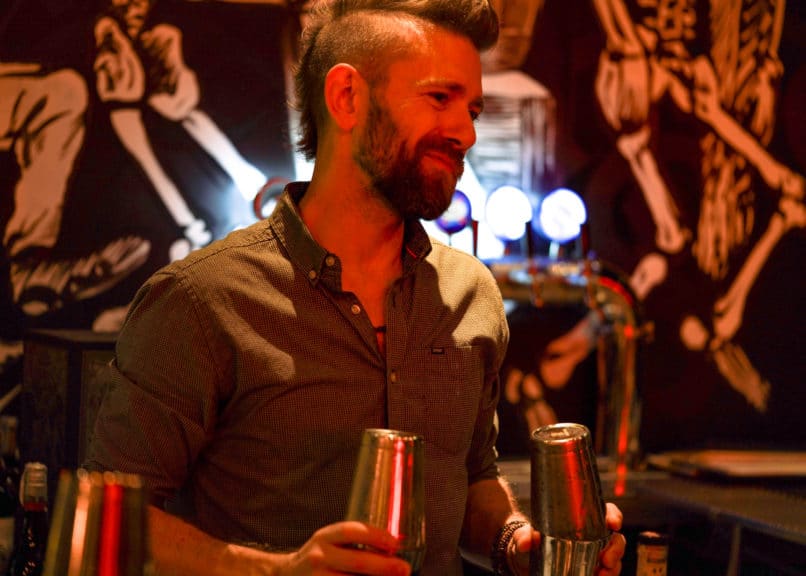
Lesson 4: The four cardinal categories
Beyond ingredients, there are also four major categories of tequila. Blanco (or Silver) tequila is the ‘purest’ expression of the plant and the beverage, namely so because it has only been aged 0-2 months. Reposado (or ‘rested’ tequila) is aged anywhere from 2 months to a year, and often has a darker colour, given its time in the oak barrels. This also contributes to flavour, as the spirit pulls from the wood, often creating a vanilla, caramel, honey, or raisin aroma. Until recently, the final category was honed by the Añejo (or ‘aged’ tequila). These tequilas rested from 1 to 3 years. Nowadays, there are also Extra Añejos, referring to those who have aged upwards of 3 years.
An easy way to differentiate between them? Colour. Blanco tequilas are often transparent, whilst the more aged tequilas are darker in colour, due to their longer time in the barrel. Unlike wine, a more aged tequila need not necessarily be ‘better’. It’s a matter of taste. During our masterclass, we swayed wildly towards the Reposado, although the Añejo came with the heftier price tag and longer barrel time.
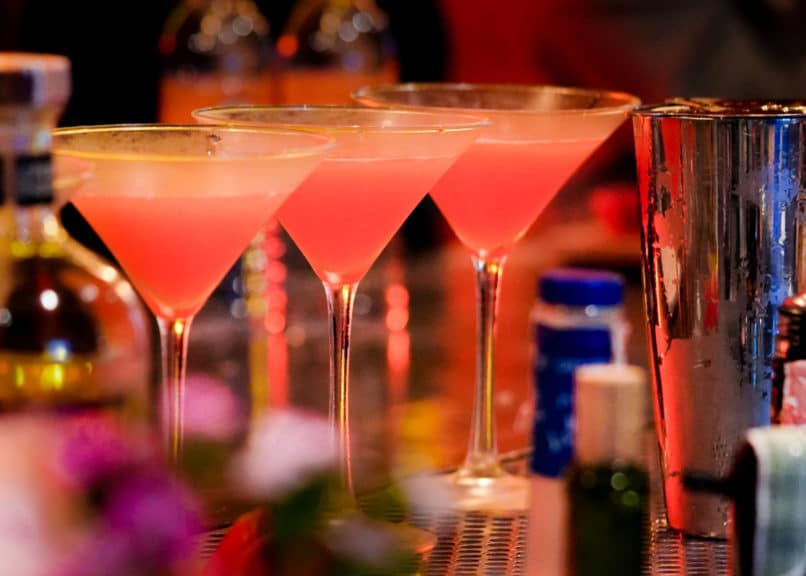
Lesson 5: Tequila Terroir is a thing
You read that right. Whilst the term ‘terroir’ is most commonly used in winemaking lingo, tequila terroir is very much a thing. The earth and the conditions in which agave grows can have a massive effect on the taste of the final product. Think lowlands and highlands, think temperature, think soil. For instance, an agave plant grown on the side of a volcano will experience high temperatures during the day, and low temperatures during the night. There are fewer nutrients in the soil, and the plant has to work harder. This means the sugars develop in a different way, so the tequila produced can have a completely different taste to the one in the field closer to the city. Even within the same category, a Blanco can have hints of green apple, peppermint, or even black pepper. Thereby, where it comes from plays a big role in the tequila’s narrative and tasting notes.
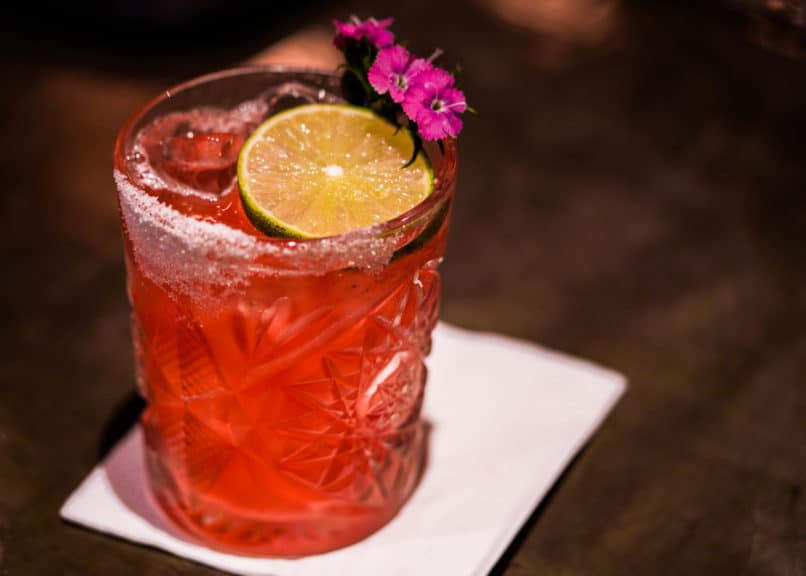
Lesson 6: You don’t actually need lime and salt when you drink tequila
Now for the lesson that really struck a chord with us. According to Tequila Master Rob, the only reason for having lime and salt with tequila is to cover up the fact that it doesn’t taste good. The same goes for the reason behind why we often have it as a shot. We’re trying to get rid of it as fast as possible. Whether you agree or not, he does have somewhat a point, especially when he goes on further to explain that if it were quality tequila, you’d want to sit, sip, and enjoy it, and not gush it down in one spur of a moment.
Another lesson that wobbled our bar stools: don’t freeze your tequila. When tequila is cold, your tastebuds can’t pick up the flavours as well, and so whilst you may look cool asking for a shaken tequila on ice at the bar, you’re not really getting much flavour. That, and you’re also watering it down a lot. You’re getting less bang for your buck. And the bang that you are getting isn’t even at its full tasting potential.
What’s the right way, then, to enjoy tequila? For one, go for Puro tequila if you want to avoid sugars and the classic fiery sensation that often comes with drinking a Mixto. Always take a small sip first, like with whisky, to ward off any bacteria in your mouth, and prepare your tastebuds for the experience. Then go ahead and take a full sip. Take your time, and take note of the flavours. Hints of honey? Coconut? Smokiness? It should go down smooth, and it should not result in a scrunched up face and a gag reflex.
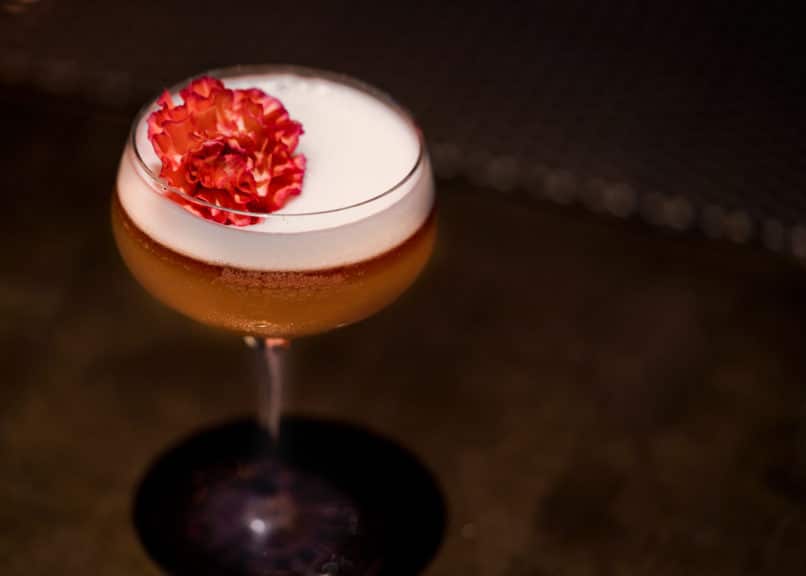
Lesson 7: Where on earth Mezcal fits into the conversation
If you’re an avid drinks aficionado, you will know that mezcal is all the buzz in the bar scene at the moment. It used to be really low end, but according to Tequila Master Rob, has been quietly rising over the last decade or two. Most interestingly, tequila is actually a type of mezcal, which is why the two are often part of the same conversation.
Mezcal too is a spirit derived from agave (just not only Blue Agave), yet unlike tequila’s stone ovens, is smoked in a deep hole in the ground. This fiery earthiness truly comes through in the flavour, bearing a characteristic smokiness which has given mezcal its growing popularity. Furthermore, where tequila is double distilled (and vodka, by comparison, triple distilled), mezcal contains no added water. This means that mezcal is often stronger than tequila, at times 46%, 49% or even 55% alcohol.
Between shots of Reposado and Añejo and a hefty mezcal cocktail, perhaps this was the greatest note of our night. Tequila is really not even the tip of the tipple. Mezcal is its master. And we’re still not over the fact that you shouldn’t have your shots with lime and salt. You have been schooled.
Los Atico, 26-9 Sukhumvit Soi 11, Wattana, Bangkok, +66 2 013 4500.





